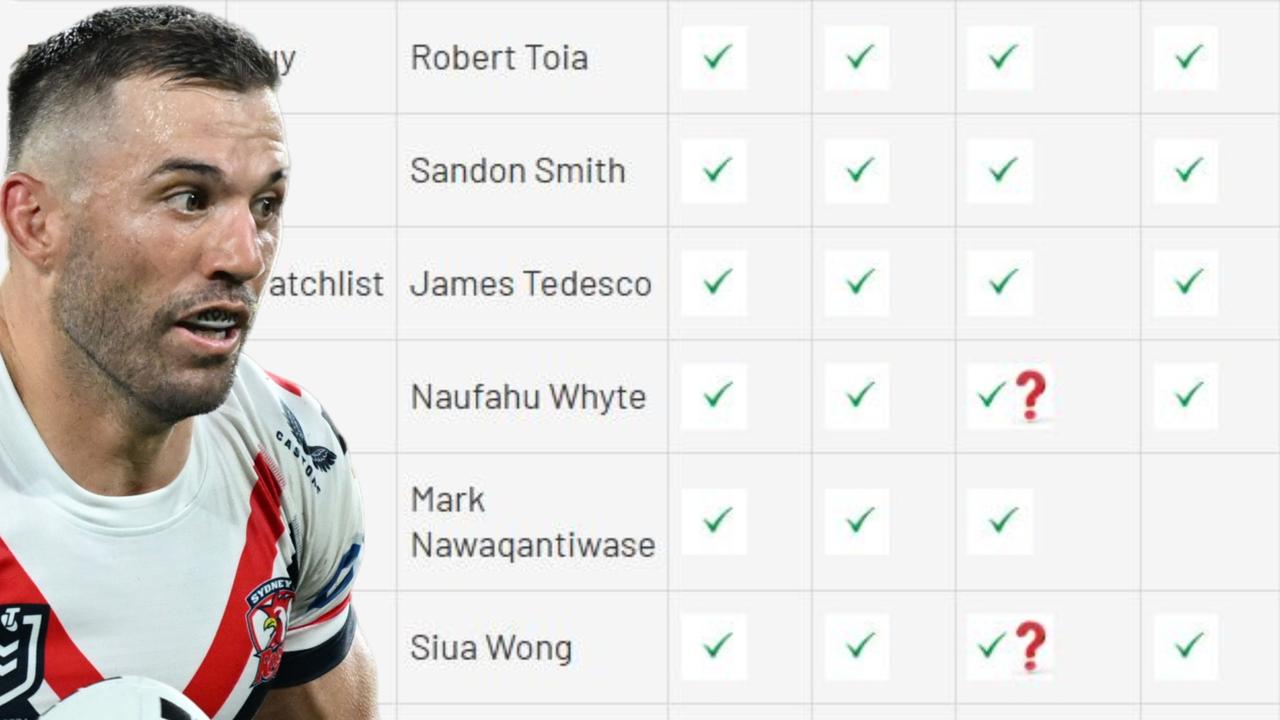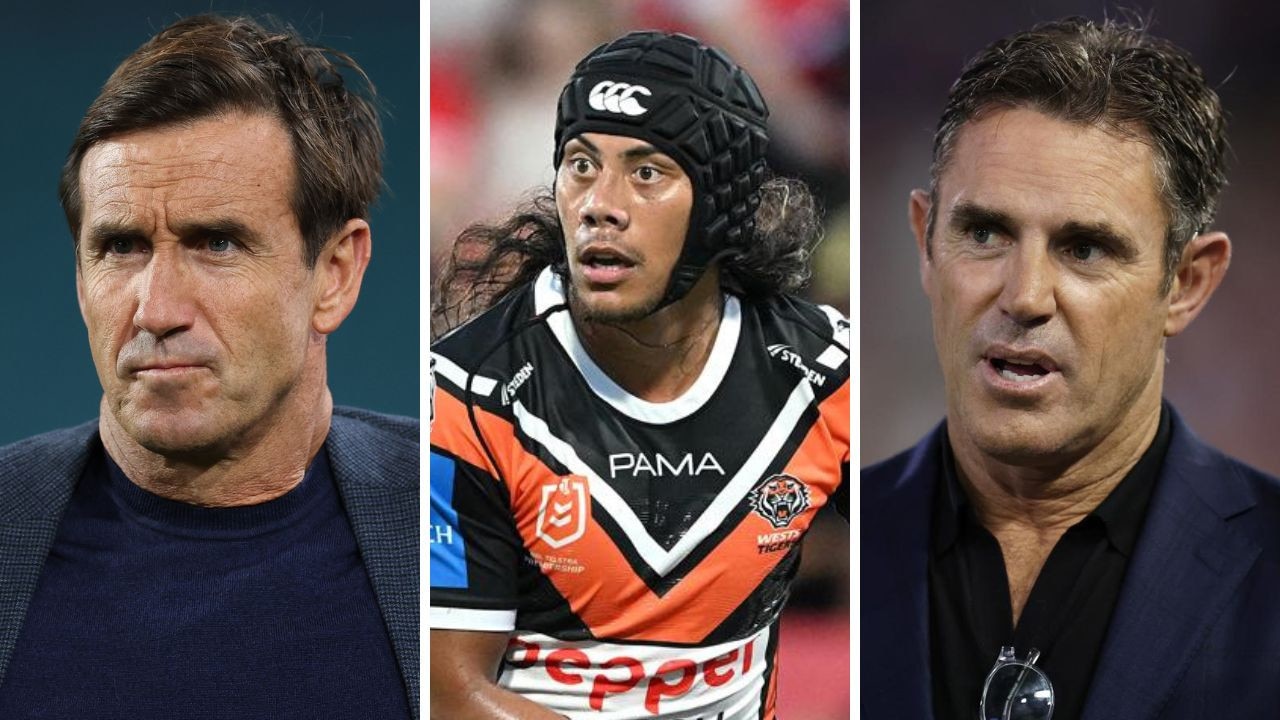Locker Room: Push for NRL to introduce rugby union’s red card system
Some rugby league fans felt short-changed after Joseph-Aukuso Suaalii’s send off rendered State of Origin I a walkover. David Riccio sits down with the man with a solution.
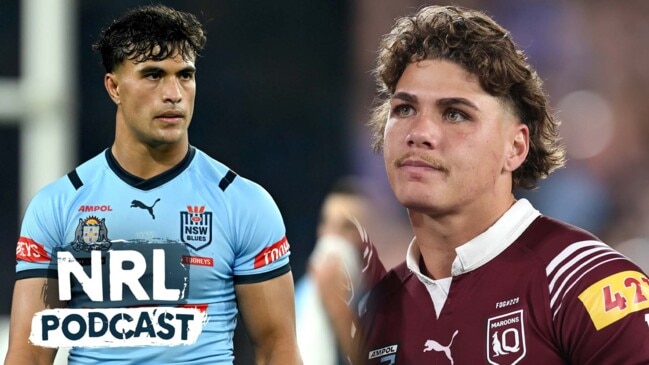
NRL
Don't miss out on the headlines from NRL. Followed categories will be added to My News.
It was the moment that cost NSW any chance of victory last Wednesday night and potentially the entire State of Origin series.
Whether you believe he deserved it or not, the send-off of Blues centre Joseph-Aukuso Suaalii in the seventh minute for a high shot on Queensland fullback Reece Walsh cruelled the game’s greatest spectacle.
The match was over there and then.
Thousands of fans who had paid more than $200 a ticket walked out early from Accor Stadium, while many more switched channels on their TV.
Our story on the incident triggered a massive 400 comments from passionate readers.
One of those watching the drama unfold was former Rugby Australia CEO Andy Marinos.
Marinos, now in charge of convincing the NRL to create a second New Zealand franchise via the South Island Kea, was instrumental in Super Rugby implementing a 20-minute red card system in 2023.
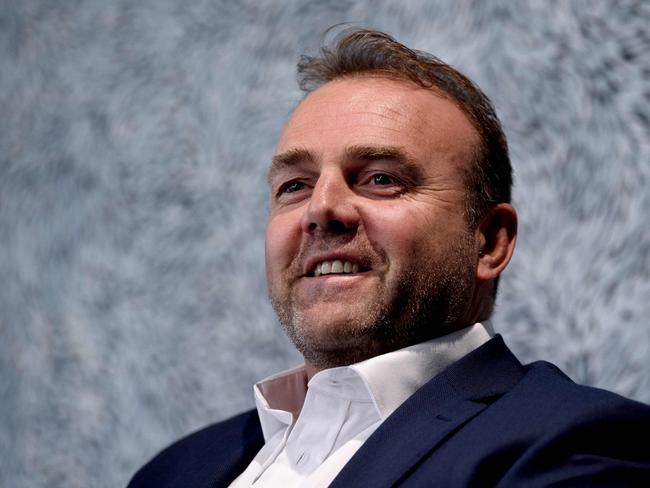
The system, which Marinos explains for readers, was introduced by rugby union to both penalise the player yet still protect the main product.
Which in the case of State of Origin last Wednesday night was an epic fail, leaving fans feeling short changed.
This column can reveal Marinos will meet NRL CEO Andrew Abdo this week with a plan to encourage the NRL to adopt the same system that has proven “an overwhelming success” in Super Rugby.
“What we did in rugby was, as we were seeing the rise in contact with the head be it accidental or intentional, we had red and yellow cards flying everywhere, it was sort of damaging the game,” Marinos said.
“What happens is, you have a player who has made contact with the head be it intentional or malicious, the player immediately gets a yellow card and he goes off the field for 10 minutes.
“This then allows the judiciary and match review officers to look at that incident in detail.
“They have eight minutes to make a decision whether the yellow gets upgraded to a red.
“If it gets upgraded to a red, that player can’t return for the match. He’s gone.
“What also happens if a red card is given is that the penalty on the offending player’s team is extended from the initial 10-minutes to a 20-minute red card sanction.
“Again, the offending player can’t come back on the field. He’s gone. But his team is allowed to replace the player after 20-minutes with a reserve player.
“So in Joseph Suaalii’s case, we would’ve seen two things. The referee would’ve given a yellow card, which is the immediate and minimum 10-minutes off the field, or an immediate red card, which I believe it would’ve been.
“That would have seen Suaalii gone for the game and also giving Queensland a 20-minute advantage, and then once the 20-minutes has expired, NSW could’ve brought on a reserve replacement, in the case of 18th man Matt Burton.
“You would’ve had the game back to 13 on 13.
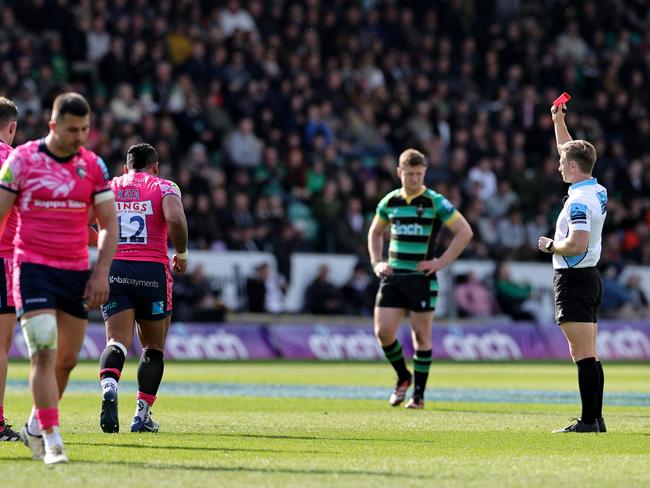
“And it was done in rugby for that very reason, so you didn’t have these games where you had an unfair contest.
“The bloke that has paid $500 for his family doesn’t get angry and disenchanted. The game is still alive.
“It is also important to note, that it is still a significant deterrent. 10 minutes is hard enough for a team, let alone 20-minutes.
“Also, the offending player doesn’t come back, he’s gone for the game and he still receives a suspension.”
Marinos will meet with Abdo to discuss the South Island Kea bid, but top of mind will also be outlining how the NRL can avoid the game’s greatest spectacle being switched-off before full-time.
“I will 100 per cent talk to Andrew about it,” Marinos said.
“As far as I’m concerned, it’s something the NRL has to look at.
“In Super Rugby and the Rugby championship there’s been enough examples to declare it a success.
“It allows the game to stay alive, it makes the game a fairer contest and it still acts as a deterrent.
“That was always rugby’s strongest position, that there is a duty of care and responsibility for the players which remains paramount.
“But there is also the balance between the spectacle and the product.
“I’m a big advocate for it. Because I think it strikes the balance between deterrent and spectacle.”




